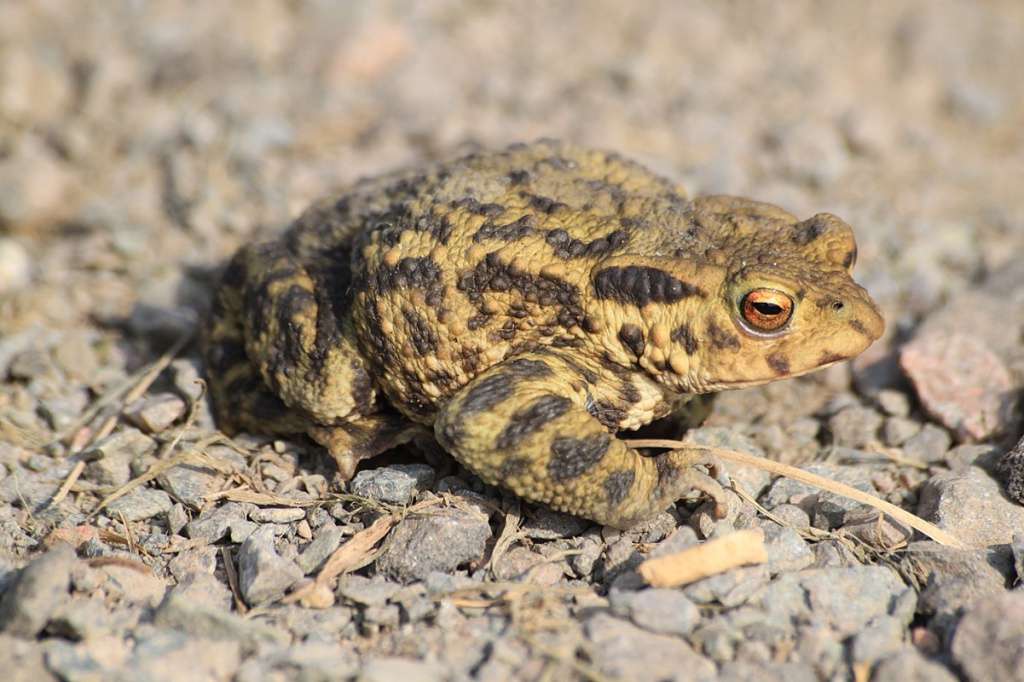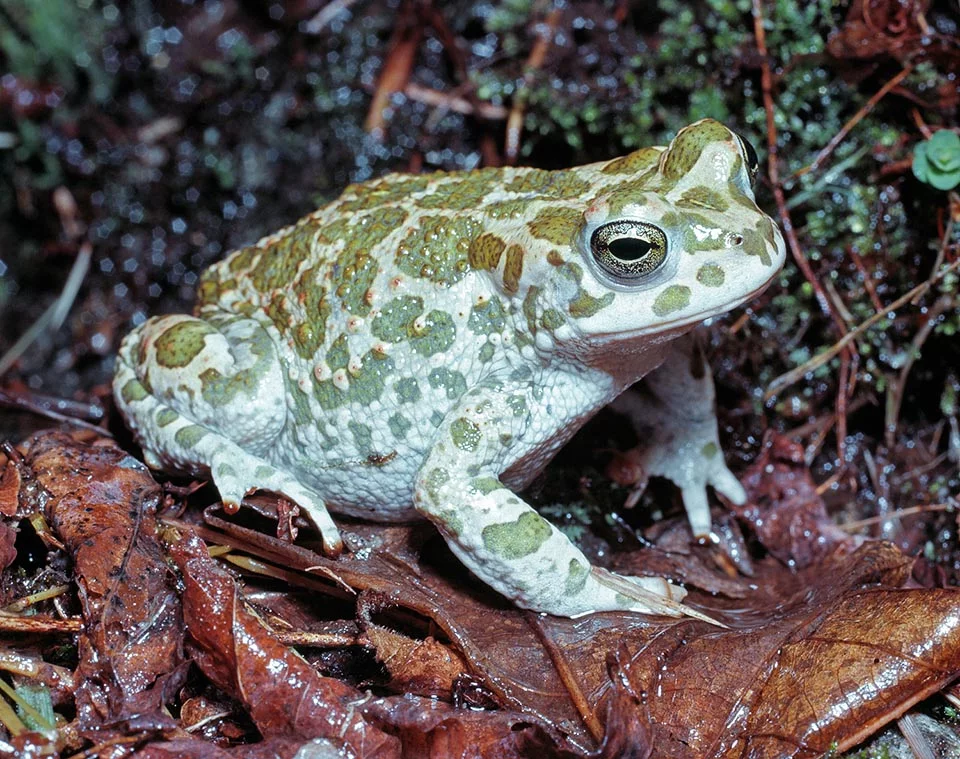
Narrow-mouthed, Eastern While toads can be found all across the Southeast, they are not present at higher mountain peaks. They may live in a variety of settings as long as there is enough moisture and protection. For breeding, they need transient wetlands devoid of fish. Small, flattened frogs called narrow-mouthed toads have pointed snouts and a fold of skin across the back of their heads. usually between one and five inches (2.5-4 cm). The overall hue is typically grey to brown, but it can vary greatly, depending on the time of day or the person’s attitude. Usually, the belly has prominent mottling.
Habitat
The Florida Keys and the entire southeastern region of North America are home to the Eastern Narrowmouth Toad, or Gastrophryne carolinensis. Eastern Texas and Oklahoma border their range. The Bahamas have also been exposed to them. With only two requirements, Gastrophryne carolinensis may live in a wide range of habitats. These are dampness and cover. Since narrowmouth toads are excellent burrowers, they may be prevalent without leaving any obvious traces. Overturning planks, logs, or other shelters will reveal these toads. They can also be discovered in vegetable waste or sawdust piles. Just below the surface of sand-rich, often watered suburban lawns is another location where narrowmouth toads can be found.

Diet
The majority of the Eastern Narrowmouth Toad’s diet consists of insects, including ants, termites, and beetles. This toad was observed feeding right by the anthill entrances.
Appearance
The skin fold that extends across the back of the skull just behind the eyes is one way to identify G. carolinensis. This skin flap can be folded forward to cover eyes being attacked by insects. Depending on the habitat, colour varies. They can be pale tan, brown, crimson, or even almost black. They feature a large, dark mid dorsal region with bright strips that are typically covered in spots, patches, and mottlings of dark or light colour. The stomach has noticeable mottling. Moreover, they lack a tympanum. G. carolinensis has a spherical, mouthless body and a head that is thin, pointy, and pointed. Colors have sexual dimorphism. In contrast to females, males have a throat that is deeply colored. G. carolinensis tadpoles are dark blue with dark blue specks. A tan lateral line may also be seen. There are dark spots and dark tips on the tailfins.
Reproduction
Breeding grounds are often in shallow water, although they can potentially be in deep water if they are protected by a floating vegetation mat. These breeding locations might range from small ditches to irrigated fields and semi-permanent ponds. Rains start their breeding season, which might start in the south between early April and October or in the north around midsummer. The grasslands surrounding the breeding pool are where the narrow mouth toad will most frequently call. Although it is less often, the male will occasionally call the female when she is floating in the water. Up to 800 eggs have been observed to come from a single female, and eggs are laid in tiny floating clusters.
Table





